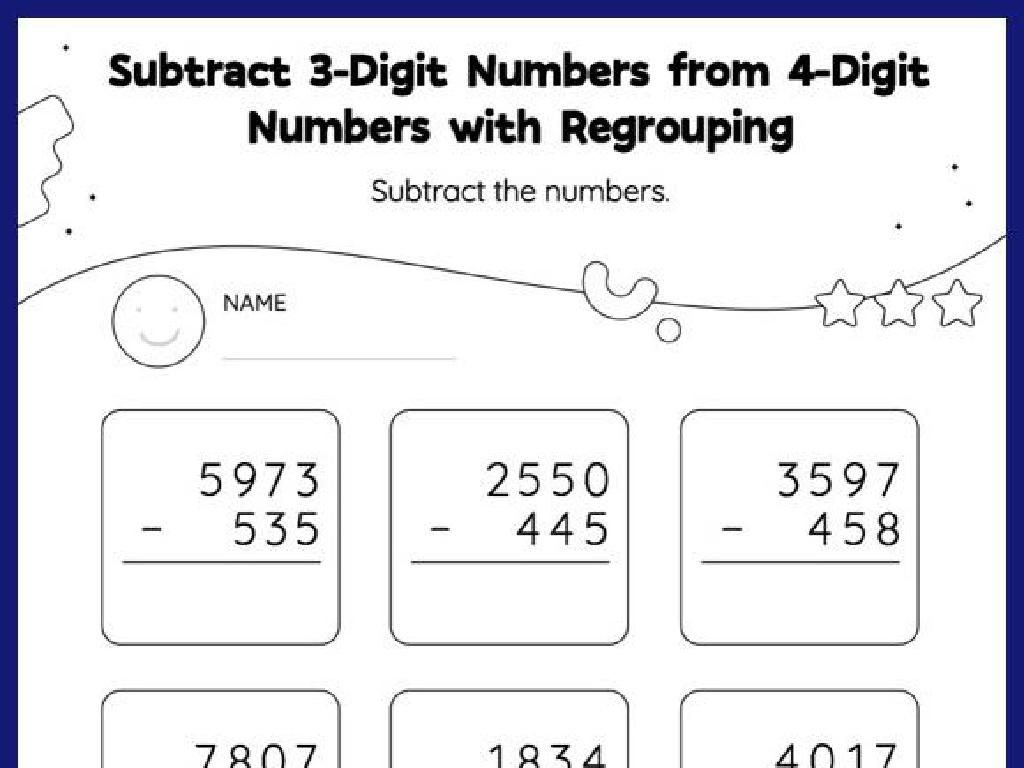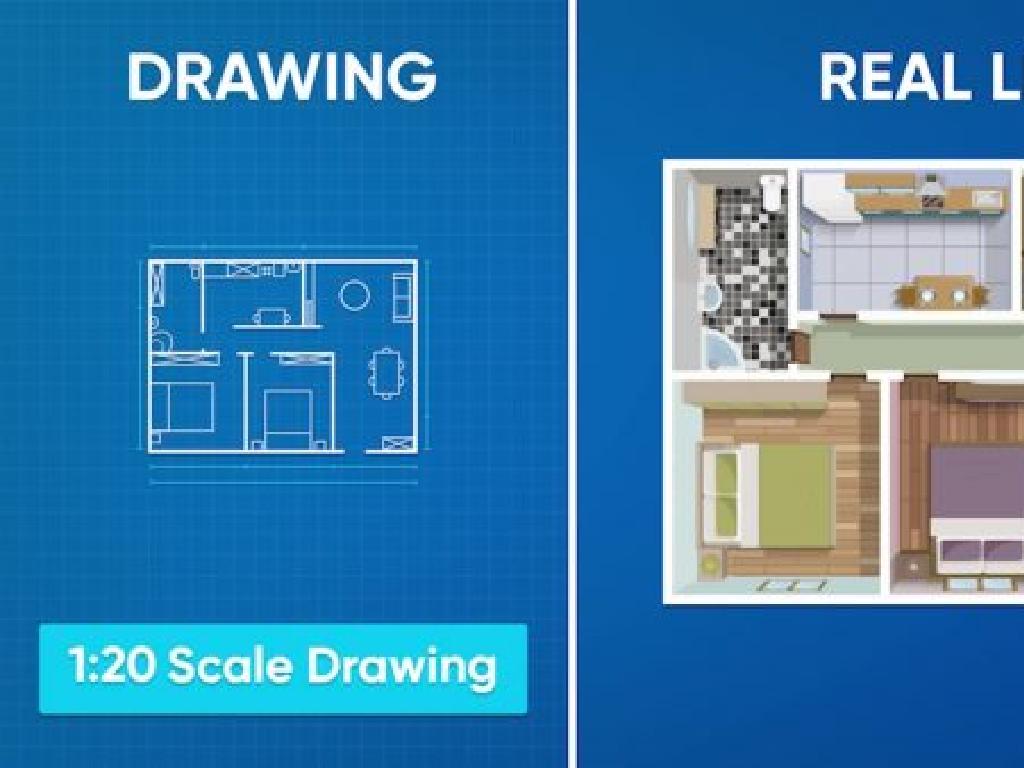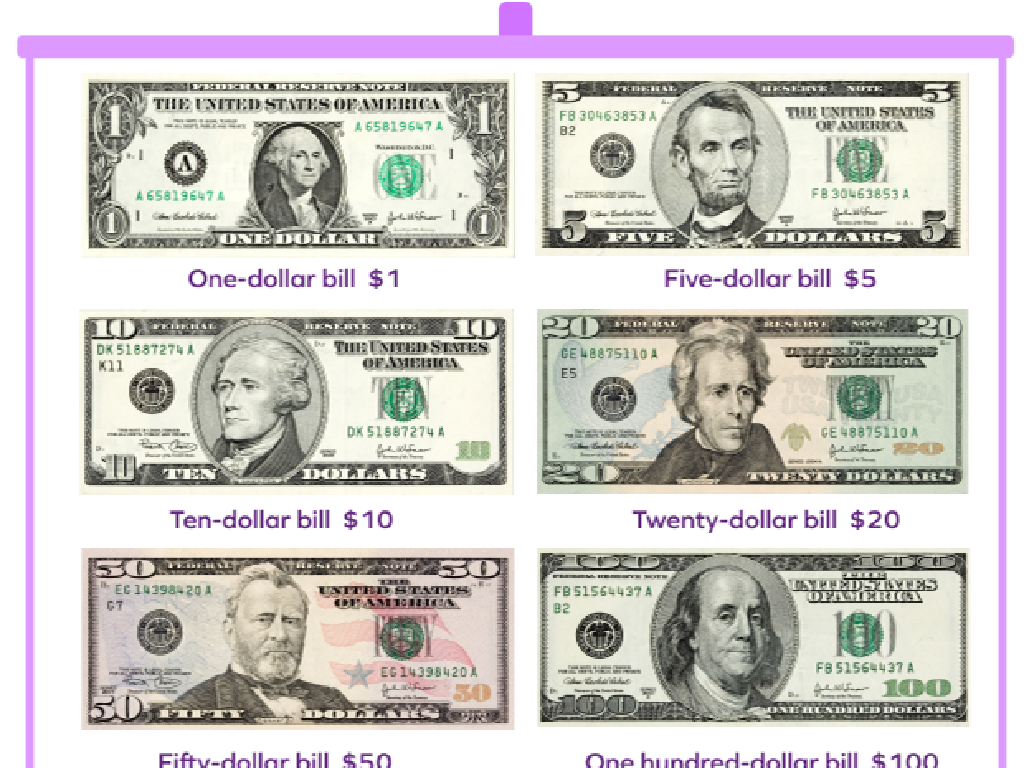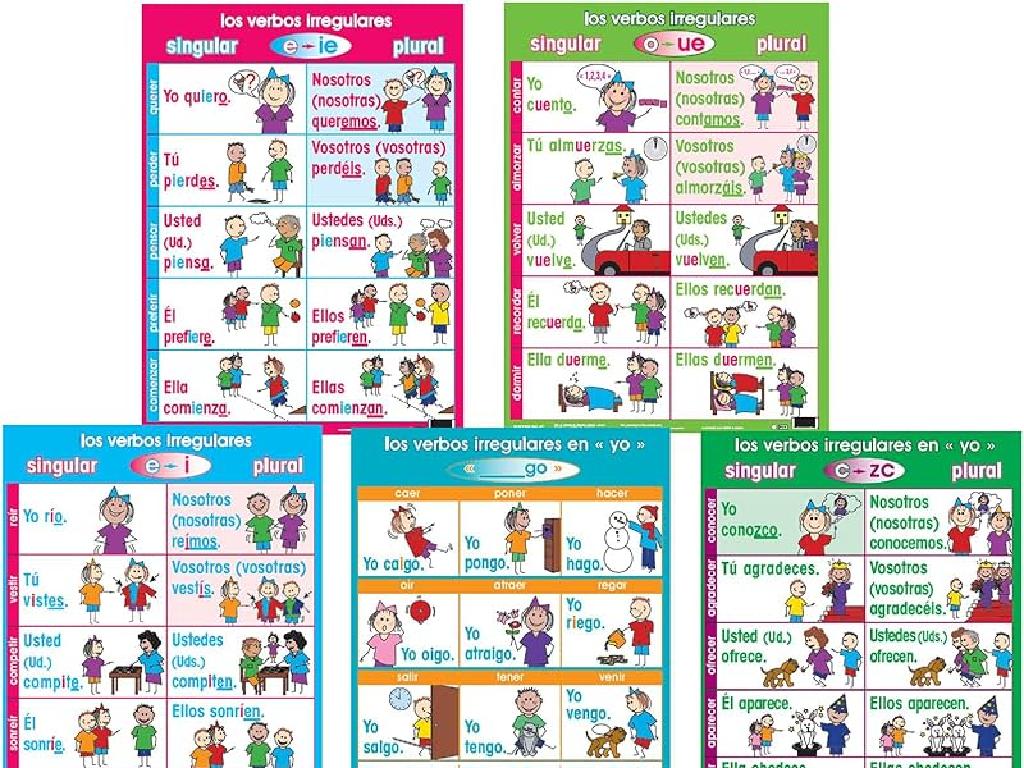Multiply Unit Fractions By Whole Numbers: Sorting
Subject: Math
Grade: Fourth grade
Topic: Multiply Unit Fractions And Whole Numbers
Please LOG IN to download the presentation. Access is available to registered users only.
View More Content
Multiplying Unit Fractions by Whole Numbers
– What is a unit fraction?
– A unit fraction has 1 as the numerator, like 1/3 or 1/4.
– Multiplying fractions by numbers
– When we multiply, we’re finding how many parts we have in total.
– Real-life unit fraction examples
– Pizza slices or a chocolate bar divided into equal parts.
– Practice with everyday items
– Use items like slices of pizza to visualize multiplying fractions.
|
Begin by explaining that a unit fraction is a fraction where the numerator (top number) is 1. It represents one part of a whole that’s divided into equal parts. When we multiply a unit fraction by a whole number, we’re essentially finding out how many parts of that whole we have. For example, if we have 1/4 of a pizza and we multiply it by 4, we have 4/4, which is a whole pizza. Use tangible examples like slices of pizza, pieces of a chocolate bar, or segments of an orange to illustrate this concept. Encourage students to bring similar items from home for a hands-on activity to reinforce the concept.
Multiplying Unit Fractions by Whole Numbers
– Understand multiplication concept
Multiplication is adding a number to itself repeatedly.
– Review multiplying whole numbers
Recall how to multiply numbers like 3 x 4.
– Learn multiplication with fractions
When we multiply a fraction by a number, we repeat the fraction.
– Practice sorting with examples
Sort examples by size after multiplying.
|
This slide introduces the concept of multiplication as it applies to unit fractions and whole numbers. Begin by ensuring students understand multiplication as repeated addition, which they are familiar with through whole numbers. Then, transition to applying this concept to fractions, emphasizing that multiplying a fraction by a whole number is similar to multiplying whole numbers. Provide examples such as 1/4 x 3, showing that it’s the same as adding 1/4 three times. Encourage students to sort the results of their multiplication to understand the size of fractions better. Use visual aids like fraction bars or circles to help them visualize the concept. Prepare to guide them through practice problems where they can apply these concepts.
Unit Fractions Basics
– What is a unit fraction?
– A fraction with a numerator of 1, like 1/3 or 1/4.
– Examples of unit fractions
– 1/2 is half an apple, 1/4 is a quarter of a pizza.
– Unit fractions in daily life
– Using 1/3 cup of sugar in a recipe, or dividing a dollar into 1/4s.
– Practice with real examples
– Let’s find 1/3 of 12 candies or 1/4 of 20 minutes.
|
This slide introduces the concept of unit fractions, which are fractions with a numerator of 1. It’s crucial for students to understand this basic building block of fractions before moving on to multiplication with whole numbers. Provide clear examples that illustrate unit fractions, such as dividing an apple into halves or a pizza into quarters. Relate unit fractions to everyday scenarios like cooking or time management to make the concept more tangible. Encourage students to think of their own examples and to practice finding unit fractions of whole numbers to reinforce their understanding.
Multiplying Unit Fractions by Whole Numbers
– Understand unit fractions
– Multiply a fraction by a whole number
– To multiply, repeat the fraction 3 times: 1/4 + 1/4 + 1/4
– Example: 1/4 x 3
– 1/4 x 3 equals 3/4, as you combine three 1/4 pieces
– Visualize with pictures
– Draw 3 pies, each cut into 4 pieces, shade 3 to show 3/4
|
This slide introduces the concept of multiplying unit fractions by whole numbers. Begin by ensuring students are comfortable with unit fractions, which are fractions with a numerator of 1. Explain the process of multiplication as combining the unit fraction a certain number of times, equivalent to the whole number. Use the example of 1/4 x 3 to show that multiplying by a whole number is like adding the fraction to itself that many times. To help students visualize, use pictures such as pie charts or bar models, which can make abstract concepts more concrete. Encourage students to draw their own representations to solidify their understanding.
Let’s Practice Together: Multiplying Fractions
– Multiply 1/3 by 5
– 1/3 x 5 equals 5/3 or 1 2/3
– Multiply 1/5 by 4
– 1/5 x 4 equals 4/5
– Group practice in class
– We’ll solve problems together on the board
– Understanding through examples
|
This slide is designed for a collaborative classroom activity where students will practice multiplying unit fractions by whole numbers. Start with two examples: multiplying 1/3 by 5 and 1/5 by 4. Walk through each step, showing how to multiply the numerator by the whole number while keeping the denominator the same. After going through the examples, engage the class in a group practice session. Write problems on the board and invite students to come up and solve them, encouraging peer discussion and assistance. This activity will help solidify the concept and ensure that students are comfortable with the process before moving on to independent work.
Sorting with Multiplication
– Multiplying to sort objects
– Examples: Unit fractions sorting
– If you have 1/2 a pack of cards and 4 packs, how many cards do you have?
– The usefulness of sorting
– Sorting helps organize data for better understanding.
– Sorting in math and everyday life
– Like sorting toys by size or books by height using multiplication.
|
This slide introduces students to the concept of using multiplication to sort objects, particularly through the use of unit fractions. Start by explaining how multiplication can be a tool for sorting and organizing items. Provide concrete examples, such as using unit fractions to determine parts of a whole group, like half a pack of cards multiplied by the number of packs. Emphasize the importance of sorting in both mathematical contexts and real-life situations, such as organizing a bookshelf or dividing treats among friends. Encourage students to think of other areas where sorting by multiplication could be applied and discuss the practical benefits of these skills.
Class Activity: Fraction Sorting Game
– Learn the Fraction Sorting Game
– Work in groups to sort fractions
– Sort cards with unit fractions multiplied by numbers
– Discuss sorting strategies
– How did you decide where each card goes?
– Share findings with the class
|
This interactive class activity is designed to help students understand how to multiply unit fractions by whole numbers through a sorting game. Divide the class into small groups and provide each group with a set of cards that have different unit fractions multiplied by whole numbers. The task for each group is to sort these cards into the correct order. After sorting, each group will discuss the strategies they used to determine the correct order of the fractions. This will help students articulate their thought process and learn from each other. Finally, each group will present their sorted fractions and strategies to the class. As a teacher, facilitate the discussion by asking guiding questions and provide feedback on their strategies. This activity promotes collaborative learning and a deeper understanding of the concept.
Wrapping Up: Fractions & Homework
– Review of unit fraction multiplication
– Homework: Practice multiplying fractions
– Complete the worksheet to practice what we learned today.
– Next class: More on fractions
– We’ll dive deeper into multiplying different types of fractions.
– Keep practicing and ask questions!
– Practice makes perfect! If you’re stuck, we’ll review it next class.
|
As we conclude today’s lesson on multiplying unit fractions by whole numbers, it’s important to recap the key points to reinforce learning. For homework, students are given a worksheet to further practice the concept, ensuring they apply the steps correctly. Looking ahead, the next class will expand on fraction multiplication, exploring more complex scenarios. Encourage students to practice and remind them that it’s okay to have questions; we can address these in the upcoming class. The goal is to build confidence and proficiency in working with fractions.





